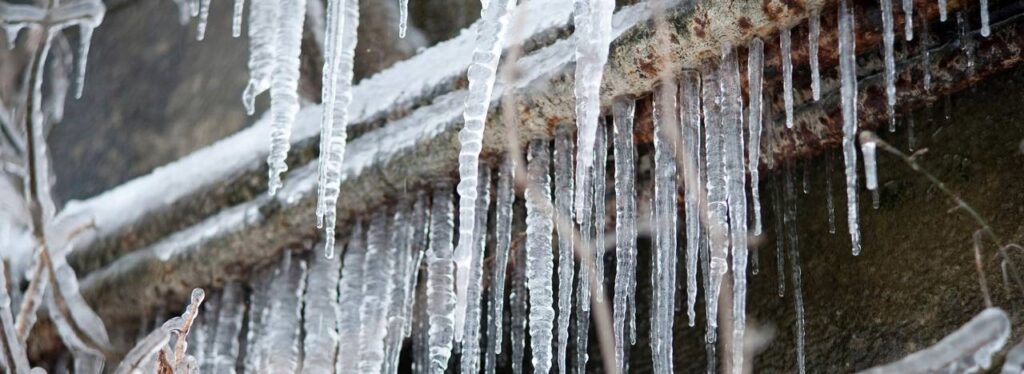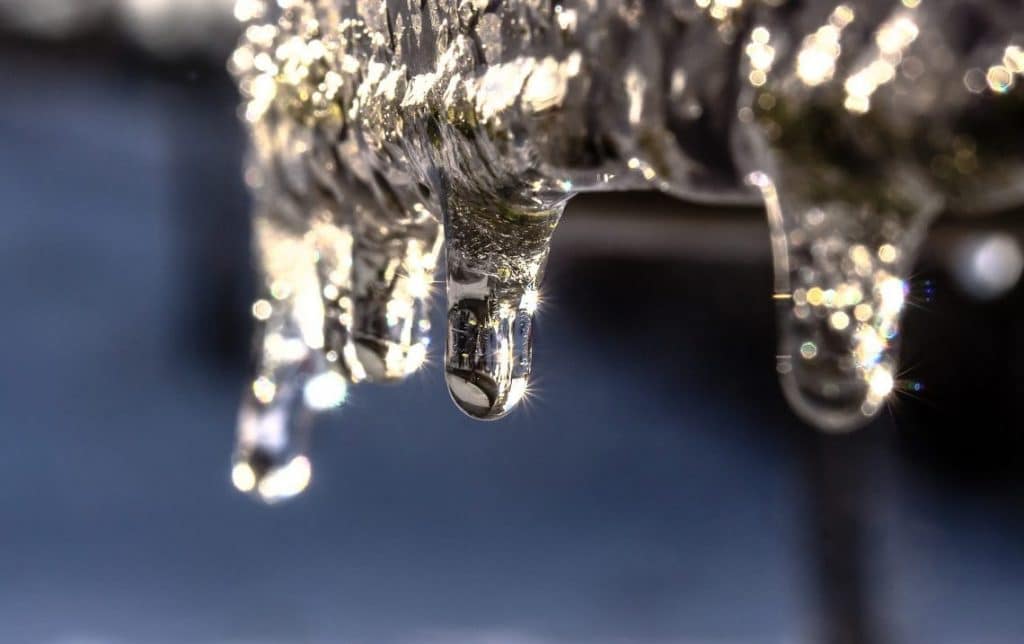Guidance for Avoiding Frozen Pipes in Winter: Specialist Insights
Call TodayAre you currently looking for facts and techniques involving Winter Plumbing Precautions: Preventing Frozen Pipes?

Winter can damage your pipes, especially by freezing pipelines. Right here's exactly how to stop it from happening and what to do if it does.
Introduction
As temperature levels drop, the danger of icy pipelines boosts, possibly leading to costly repair work and water damage. Recognizing how to prevent frozen pipes is critical for property owners in chilly environments.
Prevention Tips
Insulating susceptible pipes
Wrap pipes in insulation sleeves or use warm tape to secure them from freezing temperature levels. Focus on pipes in unheated or outside locations of the home.
Home heating methods
Maintain indoor areas effectively heated, especially areas with pipes. Open up cupboard doors to allow cozy air to flow around pipes under sinks.
How to recognize frozen pipelines
Look for lowered water flow from faucets, uncommon smells or noises from pipes, and noticeable frost on subjected pipelines.
Long-Term Solutions
Architectural modifications
Take into consideration rerouting pipes far from outside wall surfaces or unheated locations. Add extra insulation to attics, cellars, and crawl spaces.
Updating insulation
Buy premium insulation for pipelines, attic rooms, and walls. Appropriate insulation helps maintain regular temperatures and reduces the threat of frozen pipelines.
Safeguarding Exterior Plumbing
Yard hose pipes and exterior taps
Disconnect and drain pipes garden hose pipes prior to wintertime. Mount frost-proof spigots or cover outdoor faucets with shielded caps.
Recognizing Frozen Pipelines
What creates pipes to freeze?
Pipes freeze when subjected to temperature levels below 32 ° F (0 ° C) for extended periods. As water inside the pipes freezes, it increases, putting pressure on the pipeline walls and potentially causing them to break.
Threats and problems
Frozen pipelines can result in water supply disturbances, residential or commercial property damage, and pricey repair work. Burst pipelines can flooding homes and create comprehensive structural damages.
Indicators of Frozen Pipeline
Determining icy pipelines early can stop them from breaking.
What to Do If Your Pipelines Freeze
Immediate activities to take
If you believe icy pipelines, maintain taps available to soothe stress as the ice thaws. Utilize a hairdryer or towels taken in hot water to thaw pipes slowly.
Verdict
Preventing icy pipelines needs positive steps and fast actions. By comprehending the reasons, indicators, and preventive measures, home owners can protect their pipes during winter.
Helpful Tips to Prevent Frozen Pipes this Winter
UNDERSTANDING THE BASICS: WHY PIPES FREEZE AND WHY IT’S A PROBLEM
Water freezing inside pipes is common during the winter months, but understanding why pipes freeze, and the potential problems it can cause is crucial in preventing such incidents. This section will delve into the basics of why pipes freeze and the associated problems that may arise.
THE SCIENCE BEHIND FROZEN PIPES
When water reaches freezing temperatures, it undergoes a physical transformation and solidifies into ice. This expansion of water as it freezes is the primary reason pipes can burst. As the water inside the pipe freezes, it expands, creating immense pressure on the walls. If the pressure becomes too great, the pipe can crack or rupture, leading to leaks and water damage.
FACTORS THAT CONTRIBUTE TO PIPE FREEZING
Low Temperatures: Extremely cold weather, especially below freezing, increases the risk of pipes freezing. Uninsulated or Poorly Insulated Pipes: Pipes located in unheated areas, such as basements, crawl spaces, or attics, are more prone to freezing. Insufficient insulation or lack of insulation altogether exacerbates the problem. Exterior Wall Exposure: Pipes running along exterior walls are susceptible to freezing as they encounter colder temperatures outside. Lack of Heating or Temperature Regulation: Inadequate heating or inconsistent temperature control in your home can contribute to frozen pipes. PROBLEMS CAUSED BY FROZEN PIPES
- Pipe Bursting: As mentioned earlier, the expansion of water as it freezes can cause pipes to burst, resulting in significant water damage.
- Water Damage: When pipes burst, it can lead to flooding and water damage to your property, including walls, ceilings, flooring, and personal belongings.
- Structural Damage: Prolonged exposure to water from burst pipes can compromise the structural integrity of your home, leading to costly repairs.
- Mold and Mildew Growth: Excess moisture from water damage can create a favorable environment for mold and mildew growth, posing health risks to occupants.
- Disrupted Water Supply: Frozen pipes can also result in a complete or partial loss of water supply until the issue is resolved.
WHY CERTAIN PIPES ARE MORE PRONE TO FREEZING
- Location: Pipes located in unheated or poorly insulated areas, such as basements, crawl spaces, attics, or exterior walls, are at higher risk of freezing.
- Exterior Pipes: Outdoor pipes, such as those used for irrigation or exposed plumbing, are particularly vulnerable to freezing as they are directly exposed to the elements.
- Supply Lines: Pipes that carry water from the main water supply into your home, including the main water line, are critical to protect as freezing in these lines can affect your entire plumbing system.
- Underground Pipes: Pipes buried underground, such as those connected to sprinkler systems or outdoor faucets, can be susceptible to freezing if not properly insulated.
https://busybusy.com/blog/helpful-tips-to-prevent-frozen-pipes-this-winter/

We had been shown that write-up on 6 Ways to Prevent Frozen Pipes from an acquaintance on another web blog. Sharing is good. Helping others is fun. We take joy in your readership.
Book A Free Estimate